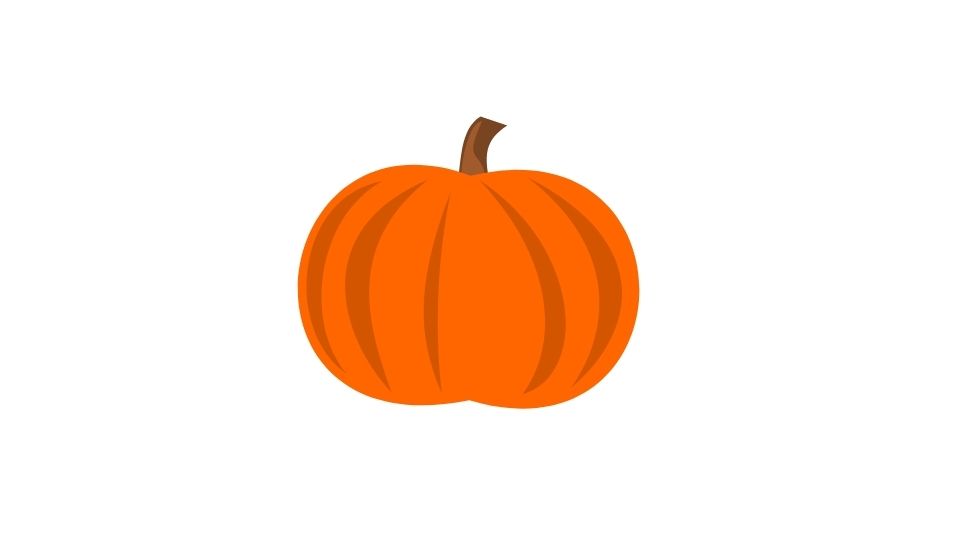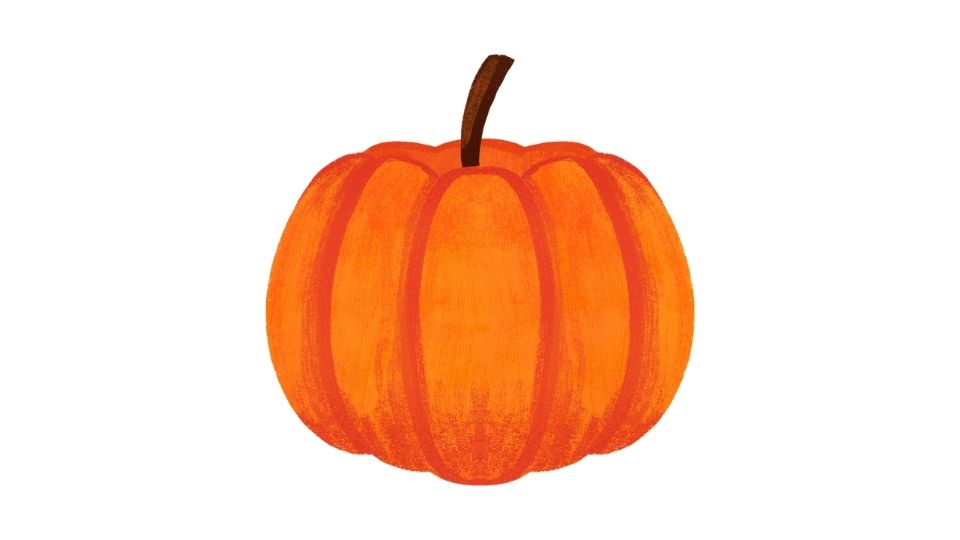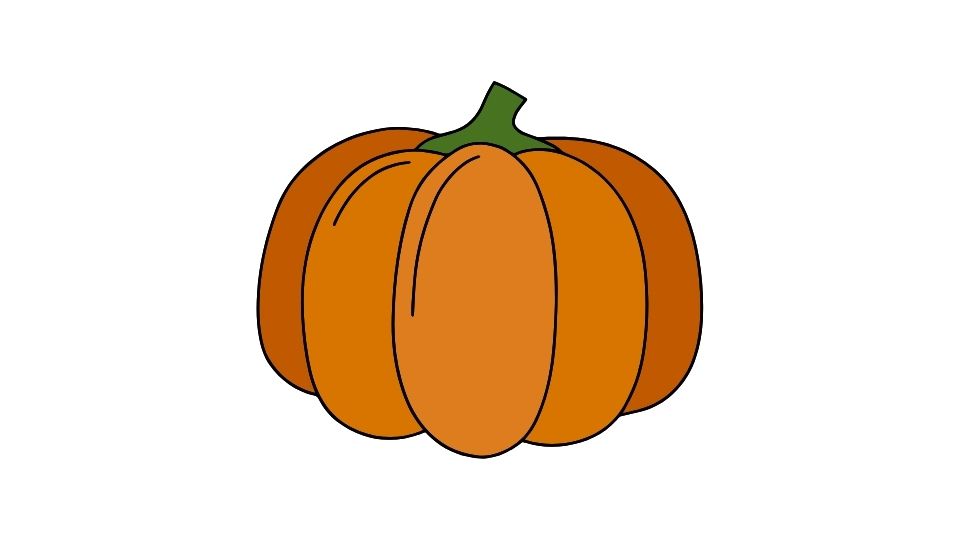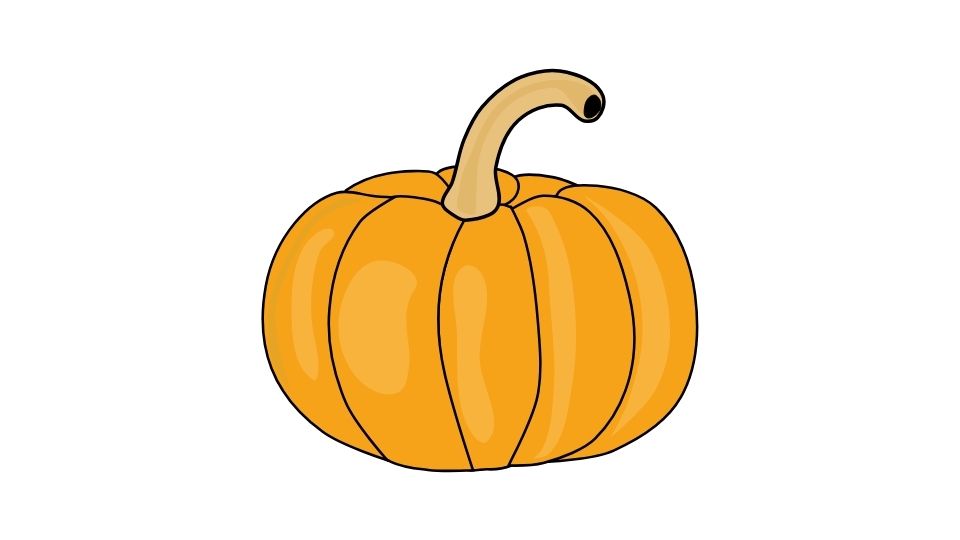Pumpkin Seeds: How Much Protein Is in a Pound?
Pumpkin Seeds: How Much Protein Is in a Pound?

Pumpkin seeds are a protein powerhouse hiding in plain sight.
If you’re like me, you’re probably not thinking “amazing protein source” when you see those little green seeds on top of your salad.
But turns out, a pound of these tiny nutritional ninjas packs a serious protein punch – somewhere between 90 to 110 grams depending on how they’re prepared.
That’s about the same amount as a pound of chicken breast!
Let’s break down exactly how much protein is in pumpkin seeds, why it matters, and how to actually use this information in your real life (because who’s eating a pound of pumpkin seeds anyway?)
The Protein Powerhouse You’re Overlooking
How Much Protein is Actually in Pumpkin Seeds?

Let’s get specific about the protein content, because it varies based on how the seeds are prepared:
- Raw, shelled pumpkin seeds: About 8 grams of protein per ounce
- Roasted whole seeds: Around 5-6 grams per ounce
- Dried, hulled seeds: About 7 grams per ounce
- Pumpkin seed powder: A whopping 18 grams per ounce!
When you multiply by 16 (ounces in a pound), you get between 90-110 grams of protein per pound for most forms of pumpkin seeds.
The University of Rochester Medical Center confirms that just one ounce of dried hulled pumpkin seeds contains about 7 grams of protein – not too shabby for such a small package!
Why Pumpkin Seed Protein Rocks

Not all protein is created equal. What makes pumpkin seed protein special?
-
Complete protein source – Contains all nine essential amino acids your body needs but can’t make on its own
-
Digestibility – Plant proteins can sometimes be harder to digest, but pumpkin seed protein is highly bioavailable, meaning your body can actually use what you eat
-
Nutrient density – You’re not just getting protein. These seeds are packed with:
- Magnesium (hello better sleep)
- Zinc (immune system boost)
- Iron (energy, anyone?)
- Healthy fats that support brain health
-
Low inflammatory potential – Unlike some protein sources that can cause inflammation, pumpkin seeds are generally anti-inflammatory
Real-World Ways to Use Pumpkin Seeds
Let’s be honest – you’re not going to sit down with a one-pound bag of pumpkin seeds. So how do you actually incorporate them?
Practical Serving Sizes
A typical serving is about 1 ounce (around 1/4 cup), which provides:
- 6-9 grams of protein
- 150-180 calories
- Healthy fats and fiber
This makes pumpkin seeds a perfect protein-boosting topping rather than your main protein source.
Easy Ways to Eat More Pumpkin Seeds
- Morning boost: Sprinkle them on oatmeal or yogurt for an extra 8g of protein
- Salad upgrade: Add to any salad for crunch and nutrition
- Homemade trail mix: Mix with dried fruit and dark chocolate for a protein-packed snack
- Smoothie addition: Blend them into smoothies (especially if you use the powder form)
- Pesto alternative: Use instead of pine nuts in homemade pesto
One study published in Nutrition Research found that adding pumpkin seeds to your diet can help maintain healthy blood pressure levels – an added bonus beyond the protein benefits!
How Pumpkin Seeds Compare to Other Protein Sources

If you’re trying to optimize your protein intake, it helps to understand how pumpkin seeds stack up against the competition:
| Food (per ounce) | Protein (g) | Calories | | --- | --- | --- | | Pumpkin seeds | 7-9 | 150-180 | | Almonds | 6 | 160 | | Chicken breast | 8-9 | 45-50 | | Greek yogurt | 3 (per oz) | 18-25 |
The protein-to-calorie ratio isn’t as efficient as lean meat, but pumpkin seeds offer nutritional benefits that animal proteins don’t.
The Hidden Benefits Beyond Protein
While we’re focused on protein here, I’d be doing you a disservice if I didn’t mention that pumpkin seeds are also incredible for:
-
Prostate health: Research from The Journal of Medicinal Food shows pumpkin seed extract may support prostate health in men
-
Better sleep: Thanks to the tryptophan and magnesium content
-
Blood sugar regulation: The magnesium helps improve insulin sensitivity
-
Hormone balance: They contain phytoestrogens that can help balance hormones naturally
The Bottom Line on Pumpkin Seed Protein

A pound of pumpkin seeds contains about 90-110 grams of protein, making them an excellent plant-based protein source.
But the real magic is in how you use them – as a nutritional boost to meals rather than your primary protein source.
The protein quality is high, containing all essential amino acids, and comes packaged with a host of other health benefits.
So next time you’re looking to diversify your protein sources or add some nutritional punch to a meal, remember these little green powerhouses.
According to The American Journal of Clinical Nutrition, diversifying protein sources leads to better overall nutrient intake – so don’t just stick to chicken and whey protein!
Your muscles (and taste buds) will thank you for the variety.
Want more posts like this?Sign up for our FREE newsletter →
